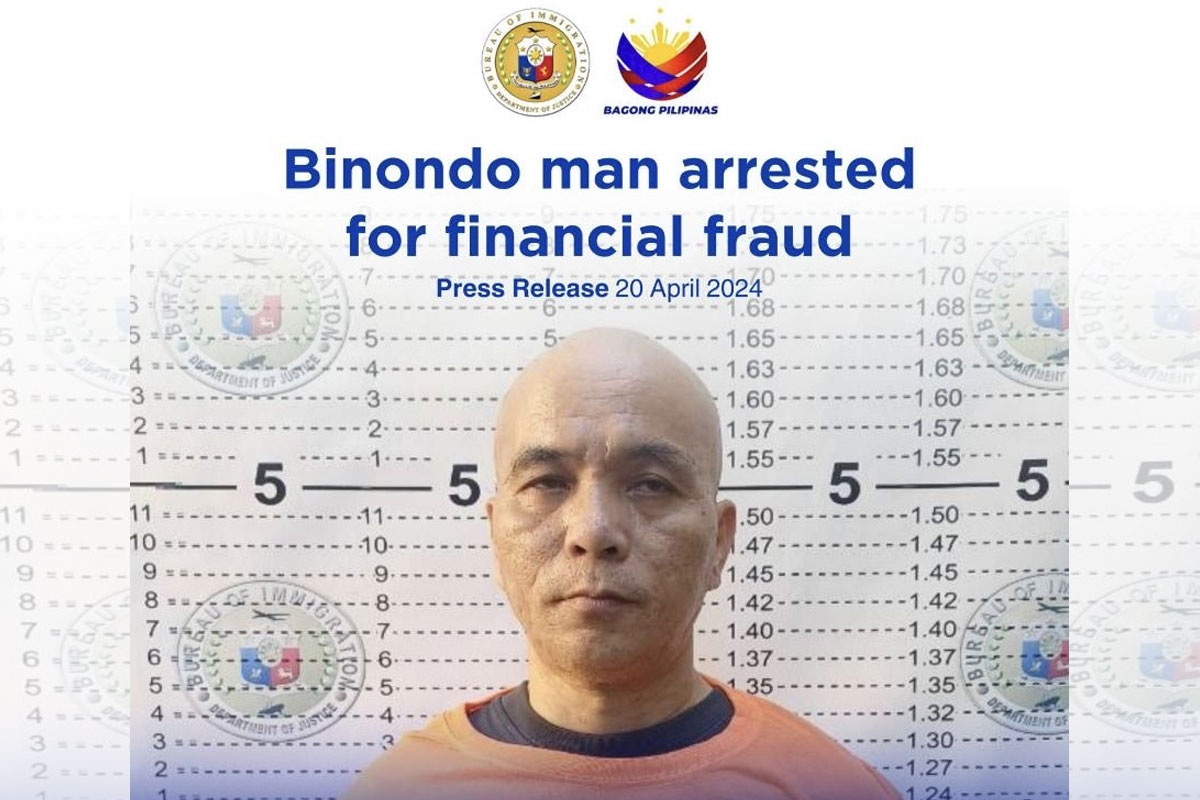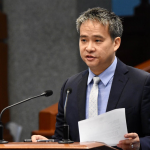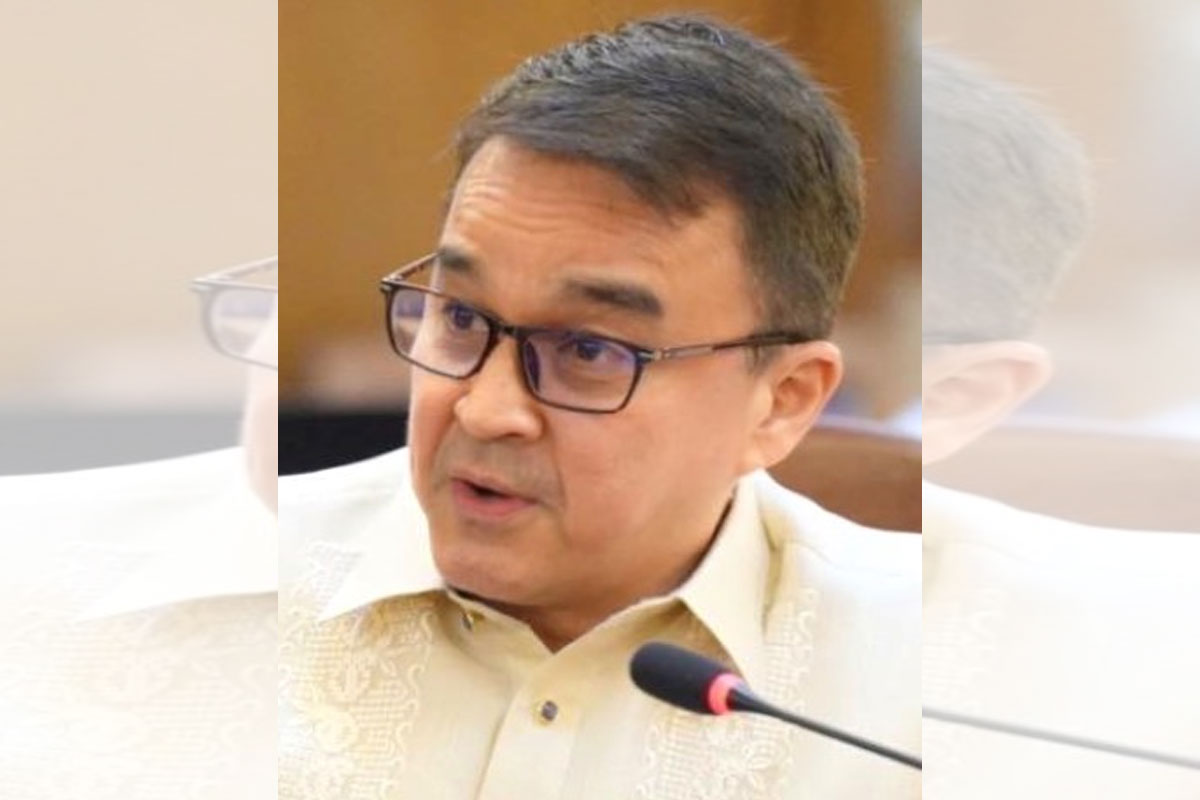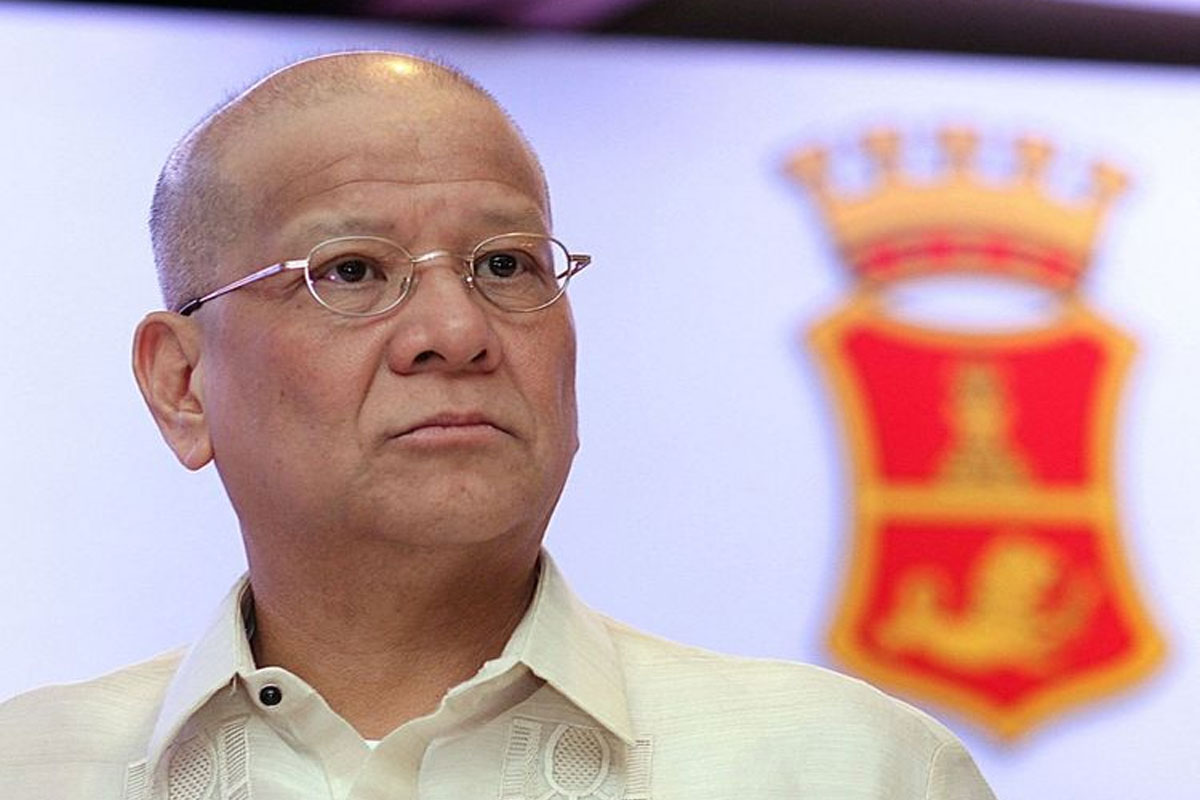
DA: RTL to make PH rice sector globally competitive
THE Rice Tariffication Law (RTL) is a game changing reform policy that broke the decades-long inefficiency of the country’s rice sector and enhanced its prospect of being globally competitive.
This was reiterated by the Department of Agriculture (DA) as it stressed that the law is a transformative reform that benefits all industry stakeholders – most particularly farmers and consumers.
DA Secretary William Dar explained that the RTL liberalizes rice trade by imposing tariffs on imports in lieu of quantitative restrictions, and provides a yearly P10-billion budget through the Rice Competitiveness Enhancement Fund (RCEF) for six years to empower Filipino rice farmers and enable them to compete with their ASEAN counterparts.
“In particular, rice is now cheaper than during pre-RTL years, benefiting millions of consumers, and that farmers are harvesting and earning more per hectare,” Dar said.
“Despite the blabber and noise by detractors, we see the RTL and RCEF as testaments to what a sustainable policy can do to help ensure food security for more than 100 million Filipinos,” he added.
Dar disclosed that based on the data collated by the Philippine Statistics Authority (PSA) and DA-Agribusiness and Marketing Assistance Service (AMAS), the RTL has significantly brought down the retail prices of rice.
In its data, the PSA and DA-AMAS showed that regular-milled rice is now cheaper, at P36 to P38 per kilogram (kg), which is P2 to P8 less than in 2018; well-milled rice is also cheaper by P2 to P5; and premium and special rice are sold P1 to P6/kg less than in 2018.
In addition, the sustained implementation of the RCEF as it nears the mid-term, in combination with the DA Philippine Integrated Rice Program (PIRP), has achieved several milestones which include increased of average palay production by 17 per cent to 4.26 metric tons (MT) per hectare (ha), from 3.64 MT/ha in 42 RCEF provinces; reduction of average production cost by P1, from P12.52/kg to P11.52/kg; and the decrease of seed requirement per hectare using mechanical seeder by 67%, from 90 kg to 30 kg; and by 33% to 60 kg via manual method.
Through its full six-year term, the RCEF aims to increase the country’s average palay production to 5 MT/ha from 3.64 MT/ha in 2019; reduce the production cost by P2/kg to P3/kg; reduce postharvest losses by 2% to 3%; and increase the average farmers’ income by 30% for those who have availed of RCEF drying and milling facilities.
Under the RTL, the Duterte administration is also providing an unconditional cash assistance of P5,000, called the Rice Farmers’ Financial Assistance (RFFA), to RSBSA-listed rice farmers, tilling two hectares and below.




















